Blog
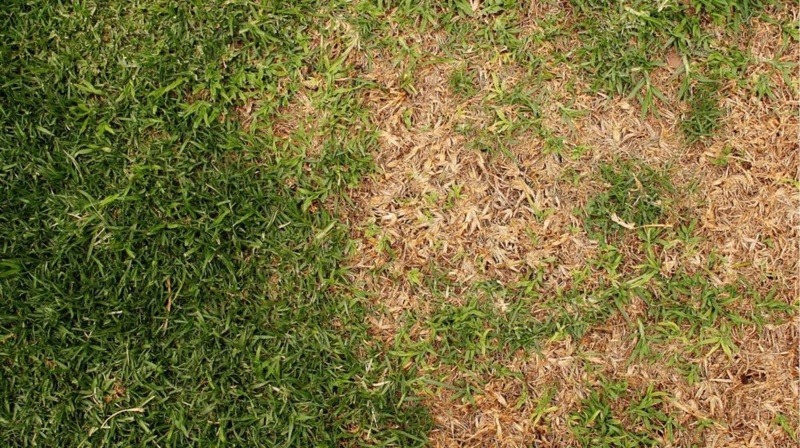
How to Fix a Patchy Lawn
Filling in bare or dead patches of lawn can be easily accomplished by installing grass plugs or laying down new squares of sod. Soil should be level and free of weeds and dead grass before installation; afterward, thorough watering is important.
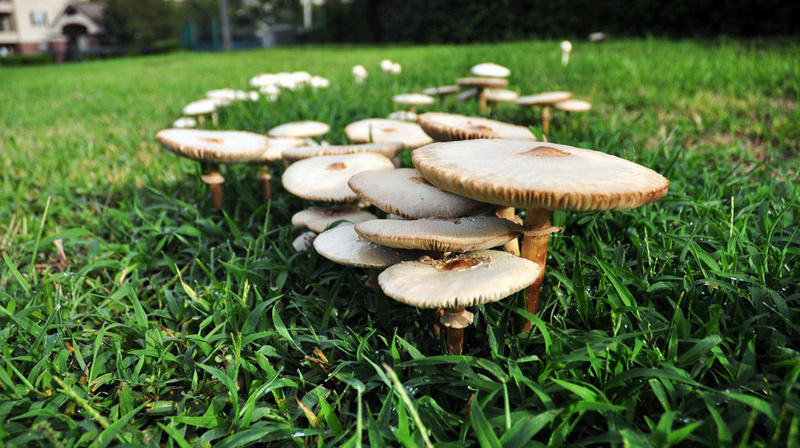
Disease: Coming to a Lawn Near You?
Florida lawn diseases include Rust, Fairy Ring, Gray Leaf Spot, Brown Patch Fungus, Dollar Spot, and Take-All Root Rot. Hot, humid, wet summers create hospitable growing conditions for these diseases, which must be managed by fungicides and cultural controls such as proper mowing.

How to Control Typical Florida Weeds
Florida lawn weeds can be controlled through proper mowing, hand removal, and selective herbicide applications. Preemergence herbicides must be applied before weed seeds germinate; postemergence herbicides are applied after weeds have emerged. Effective weed management usually requires both kinds of herbicide applications.
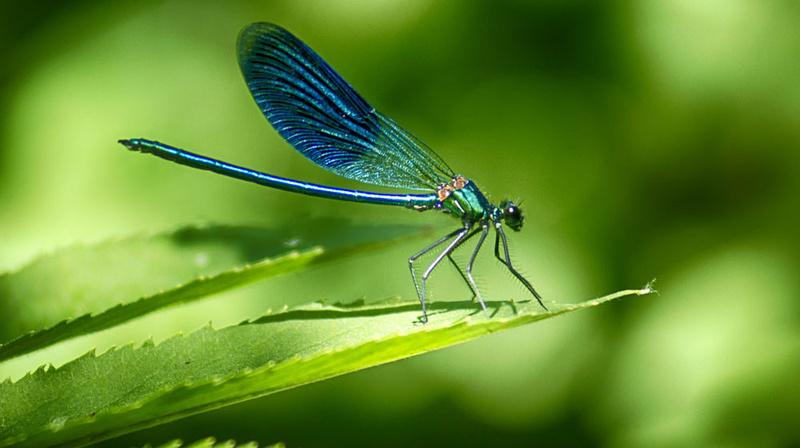
Invite These Bugs to Stay
Many garden bugs are beneficial to the landscape in that their diet consists of harmful insects. From lady bugs to dragonflies to earwigs, beneficial insects will consume mosquitoes, lawn-destroying chinch bugs, and soft-bodied pests that compromise leaf health and appearance.

Lawn Care Equipment: The Essentials
With summer around the corner, homeowners responsible for their own lawn care should make sure they have the mowers best suited for their yards. Two important additional tools—edgers and string trimmers—take care of hard-to-reach areas and create clean, finished lines.
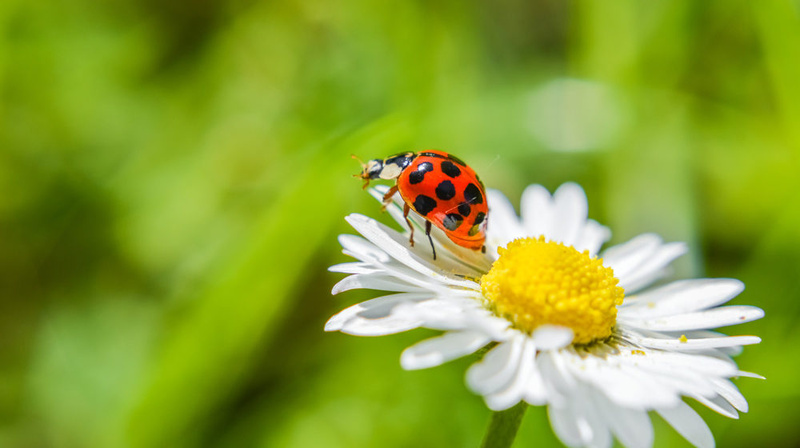
Control Landscape Pests Naturally: Insects, Oils, Soaps, and Minerals
From oil sprays to plant products to beneficial bugs, a wide array of natural pest controls is available to the environmentally conscious homeowner or landscaper. Most are easily found online or can be found at garden centers or nurseries.

Ground Covers: Beyond Bark and Chips
While pine bark nuggets and red cypress chips are typical ground cover choices for Florida property owners, a host of other options are available: hardwood mulches, pine straw, rubber mulch, rock, lava, plants, pine cones, nut hulls, and tumbled glass chunks.
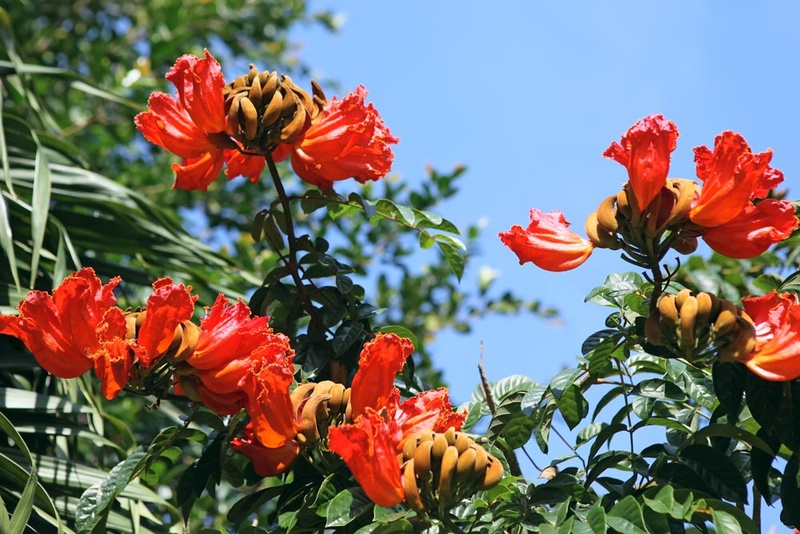
Invasive Plants: Don’t Bring These Home
Invasive plants are non-native species that, when left to grow unchecked, spread over plant communities and alter the local ecology. Florida is home to myriad invasive plant species from palms to grasses to trees. Educated homeowners should avoid installing these plants in their landscaping.
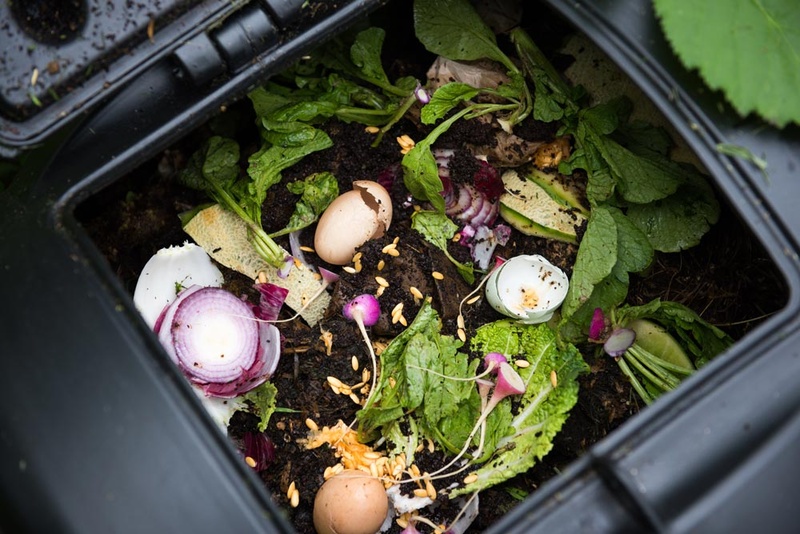
Make Your Own Compost
Put your grass clippings, leaves, and food scraps to work. Combine them in a compost pile or bin and mix with oxygen and water to eventually yield a nutrient-rich humus that can be utilized in your landscape as a soil amendment or fertilizer.
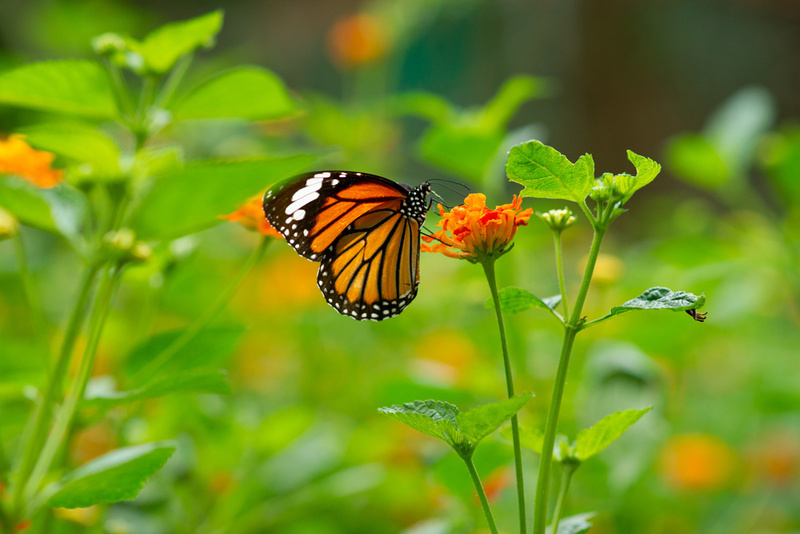
Add a Butterfly Garden to Your Landscape
Attracting butterflies to your Florida landscape is easy. Step One: find out which butterfly species inhabit your region. Step Two: add plants that provide food for those species. You may need two plants: one for the caterpillar and one for the adult.